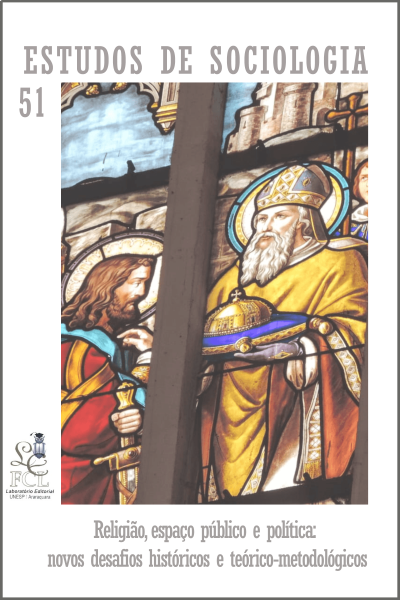Urban requalification and criminal dynamics
case study of the Centro Vivo program in Belo Horizonte, Minas Gerais, Brazil
DOI:
https://doi.org/10.52780/res.12899Keywords:
Downtown Alive, Urban renewal, Crime hotspots, CriminalityAbstract
This article studies the transformation process of the central region of Belo Horizonte-MG focusing on the main sociological theories which interpret the criminal phenomenon through its environmental components, examining the evolution of criminality in this space based on the analysis of the criminal dynamics of robberies in the so-called “Hipercentro” between 1998 and 2015, encompassing a historical series of data which comprises a period before, during and after the realization of the largest and most recent program of the municipal government for urban requalification directed to the region: Centro Vivo. The notes generated show that the hotspots of robberies are not evenly distributed throughout downtown, but concentrated in certain regions, and that, after the urban interventions of Centro Vivo, those hotspots suffered attenuation, without dispersion or migration of criminality.
Downloads
Downloads
Published
How to Cite
Issue
Section
License

À revista Estudos de Sociologia ficam reservados os direitos autorais pertinentes a todos os artigos nela publicados.
Os artigos publicados e as referências citadas na revista Estudos de Sociologia são de inteira responsabilidade de seus autores.
A Estudos de Socilogia utiliza a licença https://creativecommons.org/licenses/by/4.0/ (CC BY), que permite o compartilhamento do artigo com o reconhecimento da autoria.



